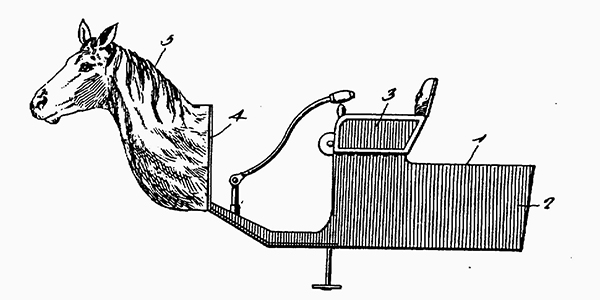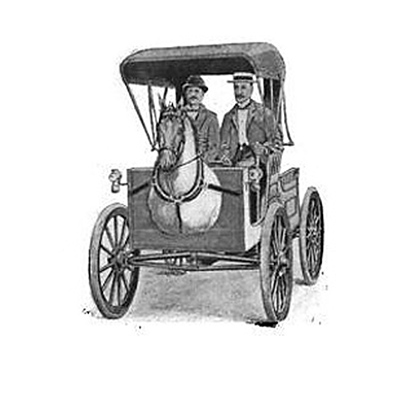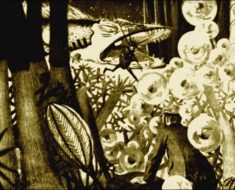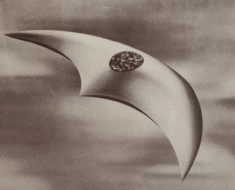Discussions about transmissions, differentials, torque and other vehicular intricacies may rattle amateur auto enthusiasts. But the ambitious conversationalist can impress gearheads by shifting the chatter to the subject of horsepower. More specifically, the power of one horse.
As you know, long before the might of 400 horsepower enhanced the state of a driver’s masculinity, vehicles were powered by actual horses.
However, like any who are left behind during times of technological wizardry and advancement, horses began to lose their jobs as motored vehicles took to the roads in the late 19th century. These wondrous machines were referred to as horseless carriages. In fact, car manufacturers tried to persuade horse owners to make the switch by claiming: “If you can afford to stable a horse, you can afford one of our cars.”
Of course, horseless carriages were a brave new world to be explored by the curious and adventurous, those who sought greater enlightenment, speed, and status as an early adopter. Such courageous souls drove these amazing but “infernal machines” down the streets, startling every horse and pedestrian along the way. Frightened horses became such a problem that some owners threatened to shoot drivers on sight.

Plans for the Horsey-Horseless
In 1899, an inventor named Uriah Smith of Battle Creek, Michigan, came to the rescue of modern transportation. In an attempt to ease the transition to engine-powered carriages — for both the driver and the horse — he created a vehicle called the Horsey Horseless Carriage.

The Horsey Horseless: This early concept vehicle was designed to prevent horses from getting scared upon seeing a approaching automobile.
This early concept vehicle was designed to prevent horses from getting scared upon seeing an approaching automobile. The design called for a large, wooden horse head to be attached to the front of the buggy, thereby resembling a typical horse and carriage. “The live horse would be thinking of another horse,” said Smith, “and before he could discover his error and see that he had been fooled, the strange carriage would be passed.”
It’s unclear whether any Horsey Horselesses were ever produced, or if it only existed in theory. It is, however, perfectly clear that those now in the know will not only forever drive with a greater sense appreciation for the bold coup of the automobile and a sensitivity for the mass unemployment of horses worldwide, but will remember to quit the conversation while ahead.
© Marc Hartzman

![Artificial nose, 17th-18th century, made of plated metal. Such noses would have been made to replace an original, which may have been congenitally absent or deformed, lost through accident or during combat or due to a degenerative disease, such as syphilis. By Science Museum London / Science and Society Picture Library [CC BY-SA 2.0 (https://creativecommons.org/licenses/by-sa/2.0)], via Wikimedia Commons](https://www.weirdhistorian.com/wp-content/uploads/2017/12/Artificial_nose_17th-18th_century_By-Science-Museum-London-Science-and-Society-Picture-Library-CC-BY-SA-2.0-via-Wikimedia-Commons-235x190.jpg)



![Premature Burial [Public domain], via Wikimedia Commons-Illustration for Edgar Allan Poe's story The Premature Burial by Harry Clarke (1889-1931), published in 1919.](https://www.weirdhistorian.com/wp-content/uploads/2017/09/premature-burial-crop-235x190.jpg)
